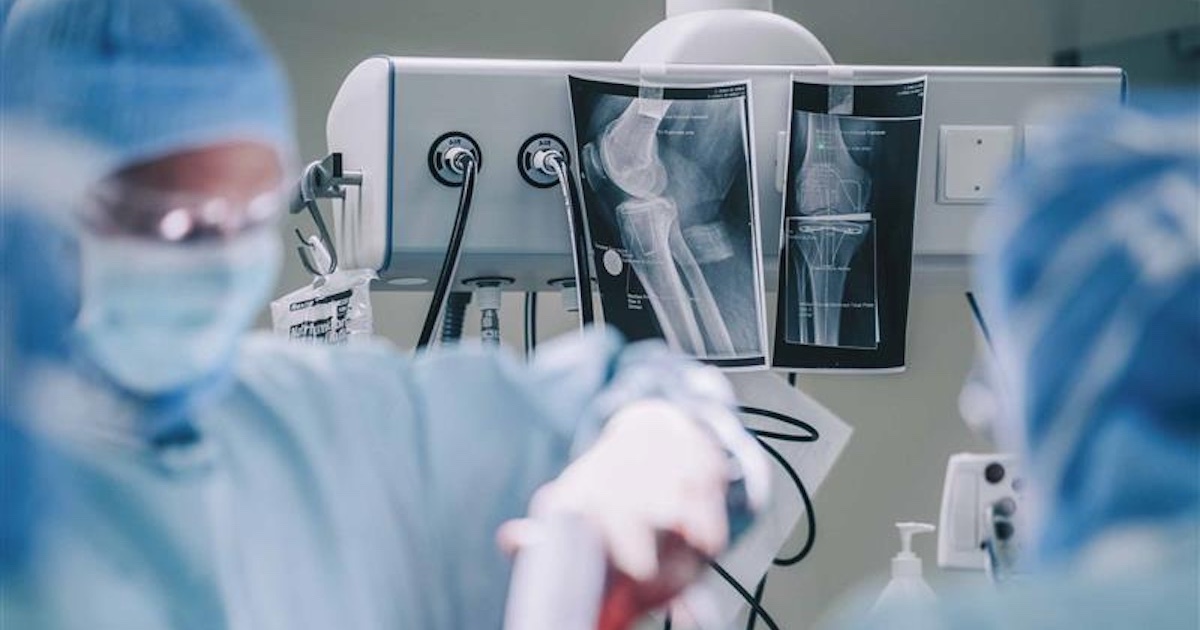If a doctor can't physically reach out with his hand and help a paralyzed stroke patient move a limb, researchers are finding that person can be taught remotely to do so on their own via mHealth tools.
In a healthcare system that all too often ignores non-working limbs for economic reasons, the telemedicine technology has the potential to help patients more effectively restore movement.
Taking a page from computer gaming technology like Candy Crush, where there is a moving target and reaction time difficulties are involved, this research is focused on incentivizing the patient to teach his or her own brain.
Candy Crush is free until you get to a certain level, after which the player pays a $2.99 entry price - an incentive seemingly paying off for the game's creators.
[See also: 3 mHealth trends to watch at CES 2014.]
Using that same idea of incentives and brain stimulation, telemedicine technologies could be deployed to bring movement back to paralyzed limbs, according to Bruce Volpe, MD, an investigator at the Feinstein Institute for Medical Research.
When treating a stroke patient, hospitals concentrate on the limbs that are working, Volpe said. The reason is economic: The institution needs to get people out of the hospital due to capped cost, profits and time. Therefore, rehabilitation is all about teaching the patient how to compensate.
“That leaves paralyzed limbs fallow,” Volpe said.
But what if patients can use their brains to assume control?
The experimental treatments have a robot move the paralyzed limb and then get out of the way to allow the patient to function within the confines of the game. By monitoring the person’s capabilities, the system can continually generate new challenges as the patient improves. If the patient moves too much one way or the other, he or she is bumped back so the route to the target is more accurate.
Still only available in trials in specialized labs, the Feinstein Institute’s research has shown that while patients may not get full function back to the paralyzed limbs, they do regain more movement.
Volpe envisions a day in the not-too-distant future when the robotic designs will be smaller and cheaper and the rehab gaming done in the cloud with patients playing against one another — just like in Candy Crush.
Related articles:
Hospitals wringing big savings out of RFID, sensors
Can smartphones really cut it as diagnostic tools?


